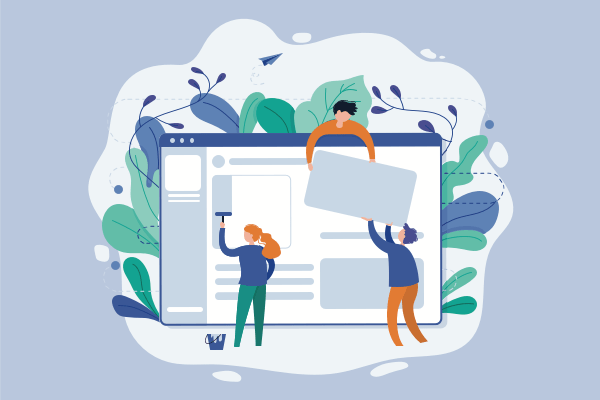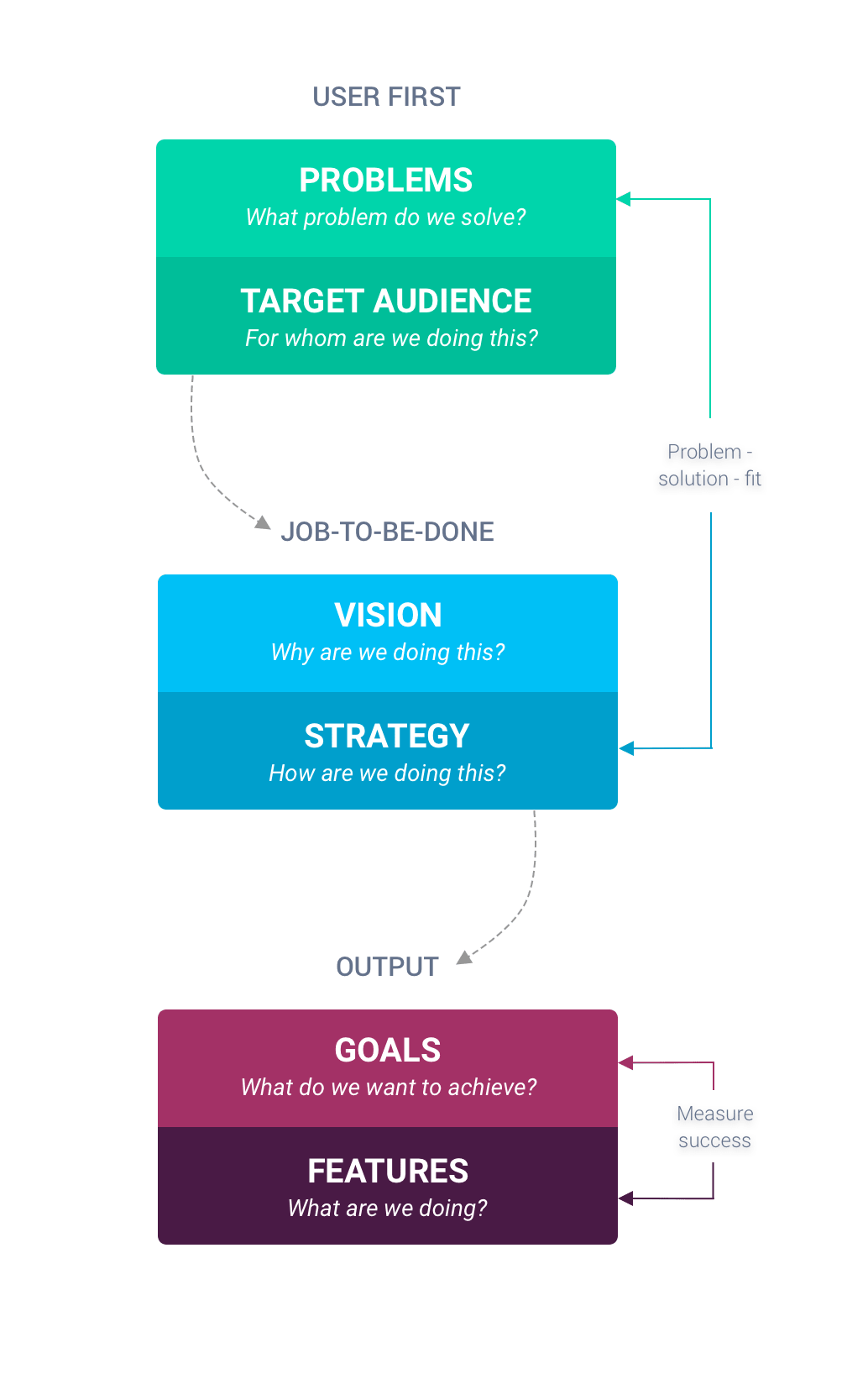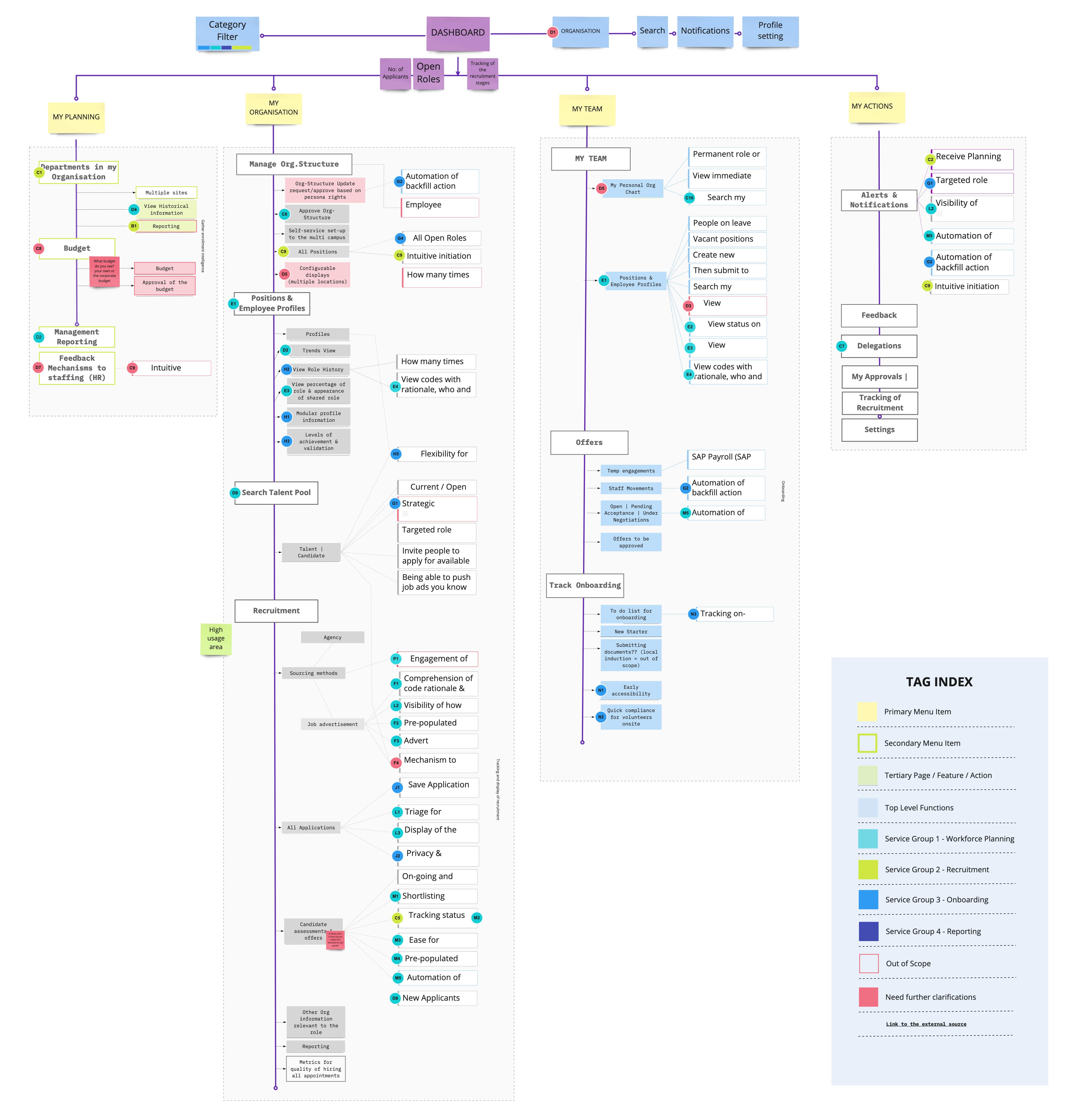Designing for Enterprise
Applying user-centered design (UCD) methods at the intersection of people, data, processes, and workflows

What is Enterprise UX?
Enterprise UX Design is the design of software applications that serve very large organizations and vast numbers of users. The Enterprise UX process is aimed at understanding the needs, goals, drivers, and pain points of people as they accomplish their job function thereby creating a more positive, effective, efficient, and enjoyable experience. Primary user research (ethnography and usability testing) in a business context is vital to unlocking the challenges users face while using enterprise software. The design of information archives, navigation, workflows, and processes are sometimes just as important as the UI design of the enterprise applications.

Enterprise UX Design Workflow
Build applications which are simple and easy to use!
Effective user research
User research is a key component of every UX design process. However, conducting user research for enterprise software requires a slightly different approach than research for everyday consumer products. For one thing, it’s important to remember that the client for the product is usually not the end user of the enterprise software—the client is the manager or executive who authorizes the use of the software, while the user is the person who will actually use the software every day to get their jobs done. As designers and researchers, you need to ensure that the end user’s voice is being heard while being able to meet the needs of the client. Plus, it’s important to understand the workflows from the end user’s perspective in order to design a tool that works to get the job done in the most efficient way possible.

Design System
To construct a robust, usable enterprise design system I first pore through the current state of the applications, taking note of every existing interaction pattern, visual style, and content piece. I identified all the pieces that needed to exist across all enterprise applications, as well as some of the key features that would be unique to specific applications, but still feel like part of the same family. Through discussions with their team, I learn not only how things were, but why they were that way, ensuring my suggestions would follow past successes and avoid any known pitfalls.

Photocredit: An example
Distinction between B2C and enterprise software is in the way they look, and, in particular, how much information is packed into individual pages. In the non-enterprise world, simplicity is the main aim. Designers strive for clean pages and use white space, not only for aesthetic reasons but also to prioritise legibility and readability, clarify relationships, draw attention.
The customer is often not the User
The design challenges in this space are unique to it and certainly different from other applications.Our clients’ customers are not their users. Considering they’re B2B (Business to Business) and not B2C (Business to Customer. Imagine you work with some software and are processing customers daily, many times over. Now imagine that every process is 10 steps long and within each step there are ten things to do; for example, check, click on, fill in. This isn’t an unusual number of interactions in the enterprise world, and the only thing more annoying than a long process is having to do this over more pages than necessary, or with more clicks.
Navigation & Information architecture
When there are multiple tasks to be completed on a screen, the order and flow of those things are very tricky to get right. I’ve been told many times that “there is no particular order” and that’s a strange concept for me to internalise and design around. What it really means is that despite there being a seemingly natural user journey, it can also be used in ad-hoc, difficult-to-predict ways.
"The best-designed SaaS products are built on a thorough understanding of the user’s goals, pain points and expectations"
Navigation is one of the most important and difficult aspects of any design, and enterprise software just doesn’t (and can’t) play by the same rules — it’s got a different use case, and has to be treated differently. Enterprise design is unlike B2C design because typical guidelines around navigation, flow, visual hierarchy, and density are simply not applicable and would do more harm than good.
This comes down to the most fundamental design principle: design with the user in mind. It can sometimes be difficult to do that in enterprise scenarios, so we need to find feedback where we can, but the other reason is that enterprise software is generally configurable, and so the user groups often have different expectations and experiences.

Photocredit: Complex IA simplified
Hacking
Enterprise apps needs customisations. Even when goals and patterns are common, none two large organisations have exactly the same requirements. Plus they are paying lots of money to have the product fit exactly their needs. When these requirements are not correctly synthesised, enterprises rely on extra capacity of technical experts that are hacking the product to fit users needs. This is happening in pre-sales phases but also after product is deployed, when experts are by-passing product limitations with custom hacks.
Conclusion
Enterprises have to set clear and measurable goals — what should happen when UX Design is successful. They should not understand “design driven” as “design included” and delivering a new product in the exact same way with better-aligned buttons and better features. An enterprise that is design-driven will evolve all other domains such as product marketing, pre-sales or services around UX design process.
Understand your users: The buyers of your product is not an end user. The buyers of your product are the C-level decision makers and other senior personnel whereas the users of your product are people working for an enterprise. The users may use and may not use the product (depending on the ease) but the product is bought and implemented on their behalf.
